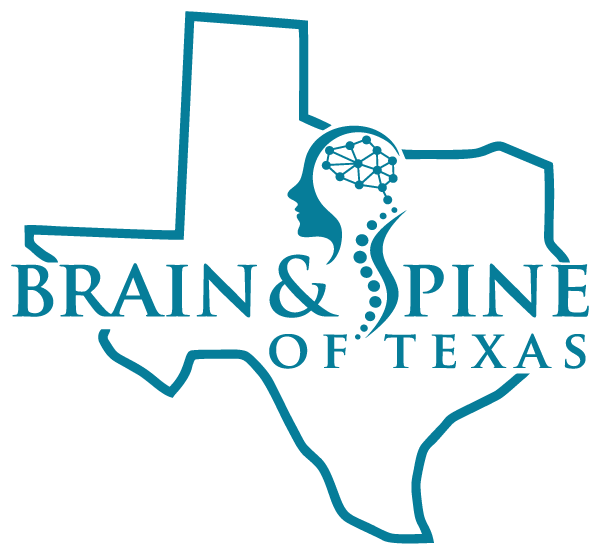What Is Chiari Malformation?
Chiari malformation is a structural defect in the brain where part of the cerebellum (the lower part of the brain) extends into the spinal canal. This can disrupt the flow of cerebrospinal fluid and put pressure on the brain and spinal cord, leading to a variety of symptoms.
What Causes Chiari Malformation?
Chiari malformation is often congenital (present at birth) but can sometimes develop later due to other factors, such as:
- Genetic factors or inherited conditions
- Spinal cord abnormalities or structural defects in the skull
- Acquired Chiari malformation, which may be caused by trauma, tumors, or a build-up of cerebrospinal fluid
What Are the Symptoms of Chiari Malformation?
Symptoms can vary widely depending on the type and severity, and may include:
- Headaches, particularly at the back of the head
- Neck pain or stiffness
- Dizziness or balance issues
- Numbness or tingling in the hands or feet
- Difficulty swallowing or speaking
- Weakness in the arms or legs
- Vision problems, including double vision or blurred vision
- Sleep disturbances or snoring
When Should I See a Doctor?
Seek medical attention if you experience:
- Persistent or severe headaches
- Difficulty walking or maintaining balance
- Weakness or numbness in the limbs
- Unexplained dizziness or coordination issues
- Difficulty swallowing or speaking
How Is Chiari Malformation Diagnosed?
- Neurological Exam – A thorough assessment of reflexes, motor skills, and coordination.
- Imaging Tests – MRI is commonly used to detect Chiari malformation and determine the extent of the condition.
- CT Scans – In some cases, may be used to assess bone structures and abnormalities.
What Are the Treatment Options?
Treatment depends on the severity of symptoms and the type of Chiari malformation:
- Conservative Management:
- Pain management with medications for headaches and discomfort
- Physical therapy to improve balance and coordination
- Lifestyle modifications to avoid triggers and improve posture
- Surgical Treatments:
- Decompression Surgery: A procedure to remove a small portion of the skull or vertebrae to relieve pressure on the brain and spinal cord.
- Spinal Fusion: In cases where spinal stability is affected, a fusion procedure may be done to stabilize the area.
- Shunt Placement: In some cases, a shunt may be used to divert cerebrospinal fluid if it’s building up and causing pressure.
Can Chiari Malformation Be Prevented?
Since Chiari malformation is often congenital, it is not generally preventable. However, genetic counseling may help if there is a family history of the condition.
